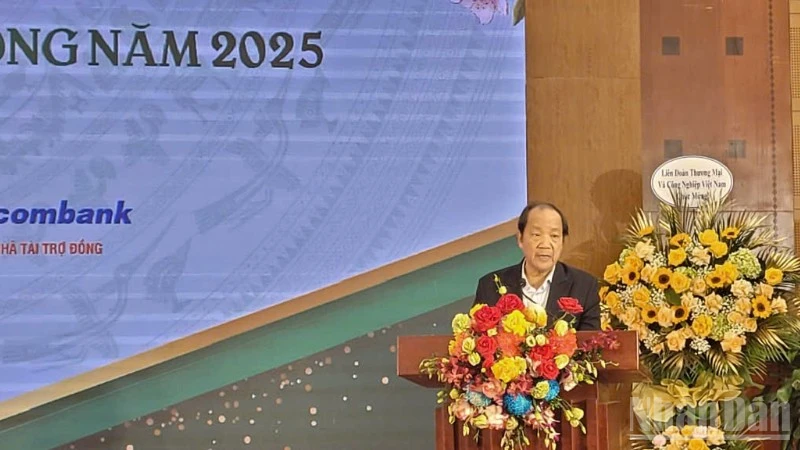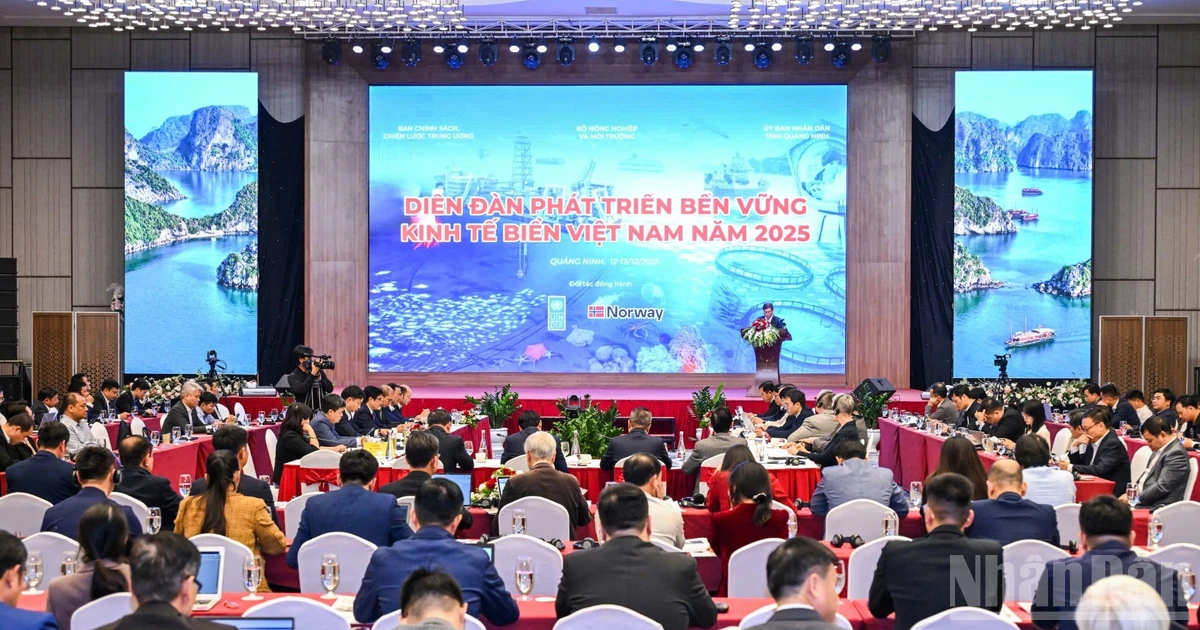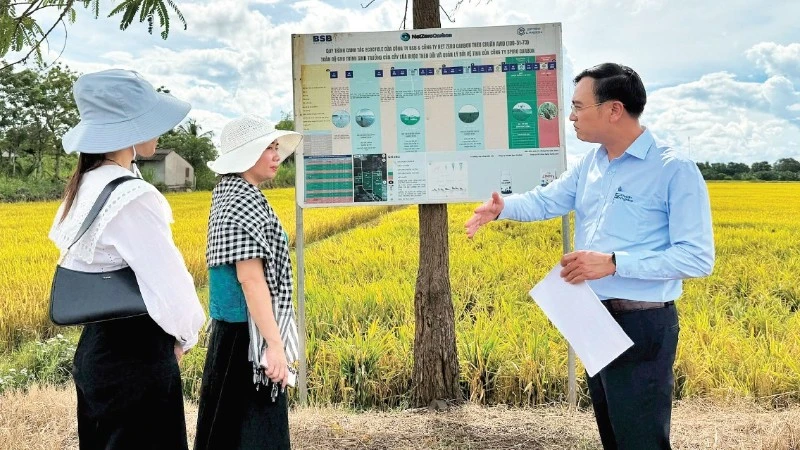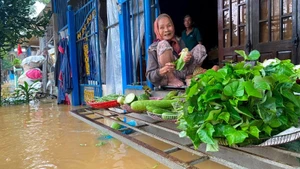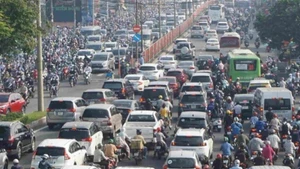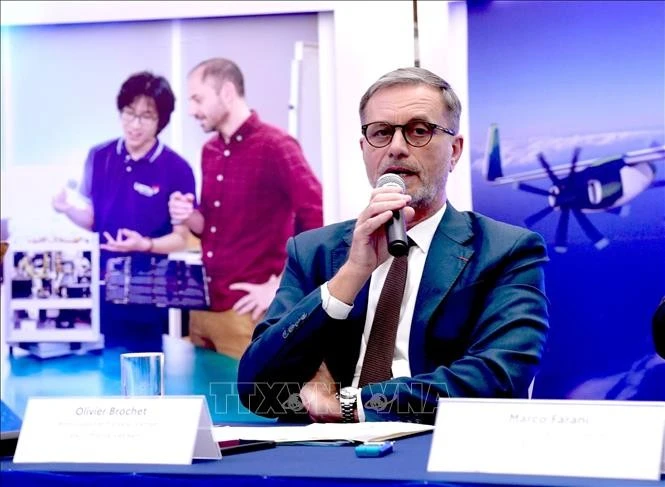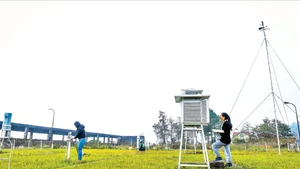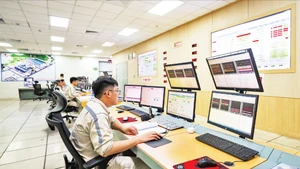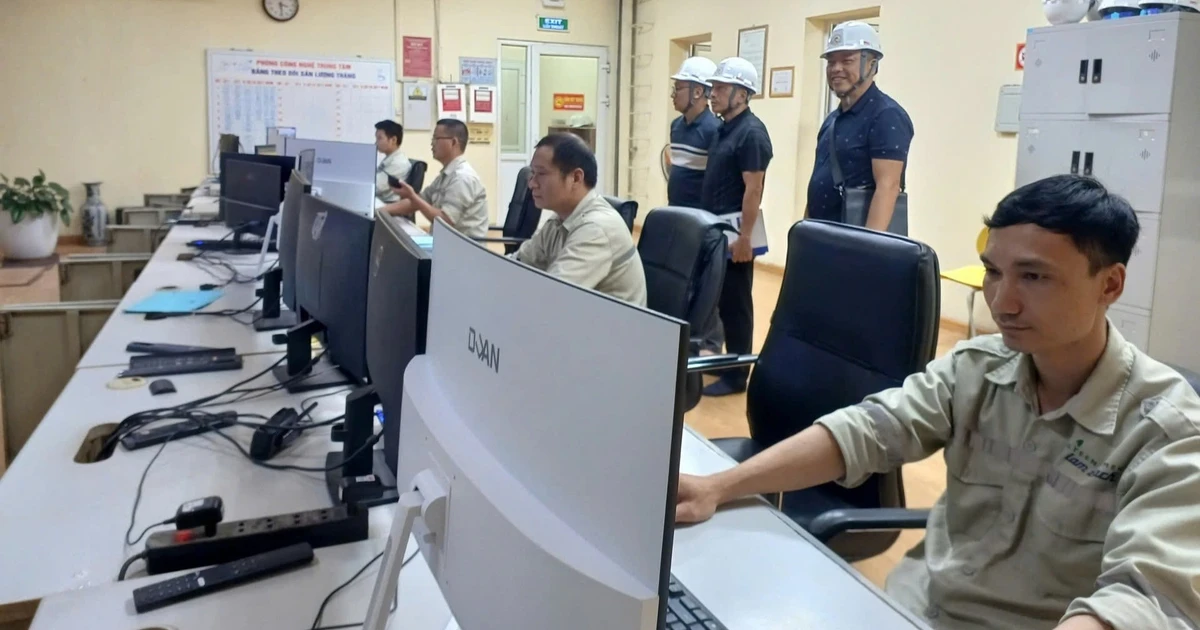In the current context, green transformation is no longer a choice but an “urgent” requirement for sustainable development. However, many Vietnamese enterprises are facing many challenges, and need a comprehensive apolicy to support enterprises in this process.
Lack of financial resources
Small and medium-sized enterprises in Vietnam are currently facing many challenges in the process of green transformation. The 2024 survey by the Private Economic Development Research Board (Board IV) showed that up to 50% of businesses faced financial difficulties when making green transformation (only 5.9% said there were no difficulties with capital), 48.6% had difficulties with specialised personnel; 44.2% had difficulties with technical solutions and over 36% of businesses had difficulties in building a green transformation strategy.
Nguyen Duc Hung, Director of Global Food Import-Export Joint Stock Company, shared: “More than 90% of enterprises in Vietnam are small and medium-sized enterprises, so green transformation is both a catalyst that brings opportunities and puts pressure on enterprises. Meanwhile, the resources for enterprises, mainly small and medium-sized enterprises, are not large.
Therefore, to carry out green transformation or participate in the green market is a huge pressure because most of this process must start from changing technology, while the investment value for changing technology is a huge number, and it is difficult for enterprises to easily implement or participate”.
Continuing a 2024 survey by Board IV on the readiness and difficulties of enterprises in green transformation, only 48.7% of enterprises assessed green transformation as necessary; 16.9% assessed it as very necessary. However, 17.4% still rated it as unnecessary/very unnecessary, and 33.9% rated the necessity of this conversion at a normal level. Notably, up to 64% of businesses said they were not prepared for the green conversion process.
The International Finance Corporation (IFC) in 2023 pointed out that over 50% of Vietnamese small and medium enterprises do not clearly understand what the green conversion process is, about 70% of businesses do not have a specific action plan for green development goals and only 18% of businesses have long-term plans for sustainable development and climate change.
These figures show that businesses' green conversion thinking is still slow, and many businesses are even standing outside this process, which also comes from the reason called "financial difficulties".
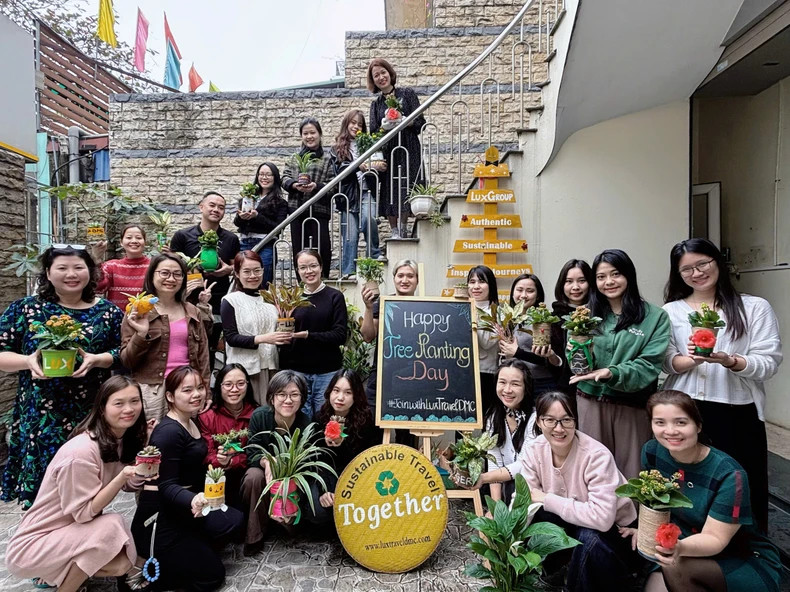 |
| Conversion starts with the smallest actions, such as using recycled materials. |
The Government has approved the National Green Growth Strategy with general and specific orientations for each industry and field. However, the green classification list has not yet been issued, causing many businesses to be “obstructed” when accessing green capital, preferential interest rates, as well as capital for sustainable development.
Nguyen The Chinh, Vice President of the Vietnam Economic and Environmental Association, commented: “The issuance of a set of green classification criteria needs to be implemented soon, because from 2026, the EU would officially apply the carbon border adjustment mechanism for imported goods in six sectors that emit a lot of carbon during the production process (cement, iron and steel, aluminum, fertiliser, electricity and hydrogen). If not done quickly, Vietnamese enterprises would be eliminated from the global playing field, which is not beneficial for the economy as well as export enterprises”.
Creating “leverage” from policies
According to Dr Le Xuan Nghia, Economic Expert, to help businesses overcome difficulties in the green transition process, there must be a Green Finance Fund and green finance policies with preferential mechanisms such as long-term loans, no need for collateral or loans with preferential interest rates.
The green transition requires a huge financial investment. According to World Bank estimates, in 2022-2040, Vietnam needs up to 368 billion USD to build resilience and reduce greenhouse gas emissions, of which adaptation accounts for 4.7% of GDP per year and decarbonisation accounts for 2.1%. The private sector alone spends about 184 billion USD (equivalent to 3.4% of GDP per year). This is a significant number, while financial support for green growth in Vietnam is still low.
As of December 31, 2023, 47 credit institutions had green credit outstanding balances of nearly 621 trillion VND, an increase of 24% compared to the same period in 2022, accounting for about 4.5% of total outstanding balances in the entire economy. As of September 30, 2024, only 50 credit institutions had outstanding green credit balances of over 665 trillion VND, mainly concentrated in several industries such as renewable energy, clean energy (accounting for more than 43%) and green agriculture (over 30%). Thus, it can be seen that although the green credit ratio has increased, it is not significant.
The new rules of the game in trade and investment today are to implement green economic goals. Professor Andreas Freytag, Friedrich Schiller University Jena, Germany, recommends: “Transitioning to a green economy is one of the important solutions to mitigate the impacts of climate change. Vietnam has just entered this process, so Vietnam's green policy needs to be designed in the most comprehensive way with a mechanism to facilitate businesses to convert smoothly, especially with effective support in science and technology to convert green energy in production and importantly, do not let businesses find their way to convert”.
Building a green economy requires green businesses. On this journey, businesses need the support of the Government with specific policies, especially financial “leverage” so that businesses can feel secure and bold in implementing them. Therefore, the Government needs to have a comprehensive policy system as well as strong policy actions to promote green finance and remove difficulties for businesses.





